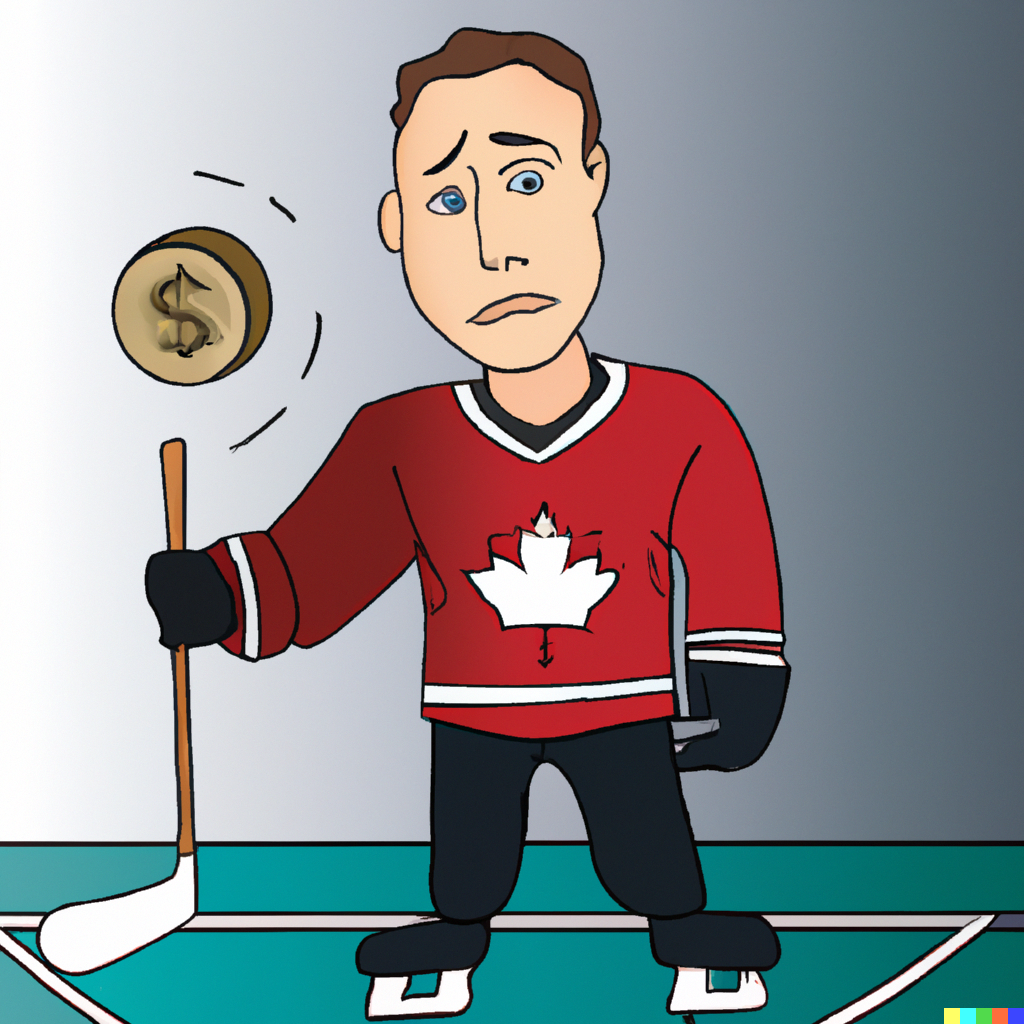
Bank overdraft protection is a tool that can help you avoid declined transactions and eliminate fees for late payments and bounced checks. In this article, you will learn about the different types of overdraft protection, how to apply for it, and the pros and cons of its use.
There are several types of overdraft protection, the most important being basic overdraft protection and credit card overdraft protection. With basic overdraft protection, your bank lends you (up to the established limit) for each transaction that you cannot cover with the funds in your checking account. On the other hand, with credit card overdraft protection, your credit card is linked to your checking account, and every time you cannot cover a transaction with the funds in your account, your bank makes a cash advance against your credit card.
How to request overdraft protection:
To request overdraft protection, contact your bank and ask about the necessary requirements. In some cases, you may need to provide a written application and a verification of your credit file. Be sure to read the terms and conditions carefully before signing any documents.
Advantages and disadvantages:
The main advantage of overdraft protection is that it allows you to avoid fees for declined transactions and bounced checks. Additionally, it gives you peace of mind knowing that you will always have access to additional funds in case of a financial emergency. By always having funds available, you can also avoid penalties that both the bank and the beneficiary of the bounced payments may charge you. These penalties can be around $50 for the bank and $45 for the beneficiary.
However, overdraft protection also has some disadvantages, such as overdraft fees and interest rates. Additionally, if you have overdraft protection associated with your credit card, this is considered a cash advance, and the interest rates are much higher than for purchases at a retail establishment.
If you decide to use overdraft protection, it is important to do so responsibly. Consider overdraft as a very short-term credit and make sure that you can pay off the negative balance as soon as possible. If you have basic overdraft protection, note that the negative balance will automatically decrease each time you deposit funds into your bank account. In the case of credit card overdraft protection, the negative balance will be included in the balance of your credit card.
In summary, overdraft protection can help you save money by avoiding fees for declined transactions and bounced checks. However, it is important to use it responsibly and have a payment plan to avoid getting into more debt than you can afford to pay off. If you have any questions or need more information about overdraft protection, do not hesitate to contact your bank.
